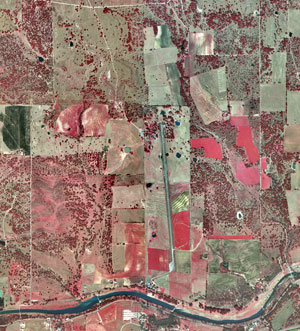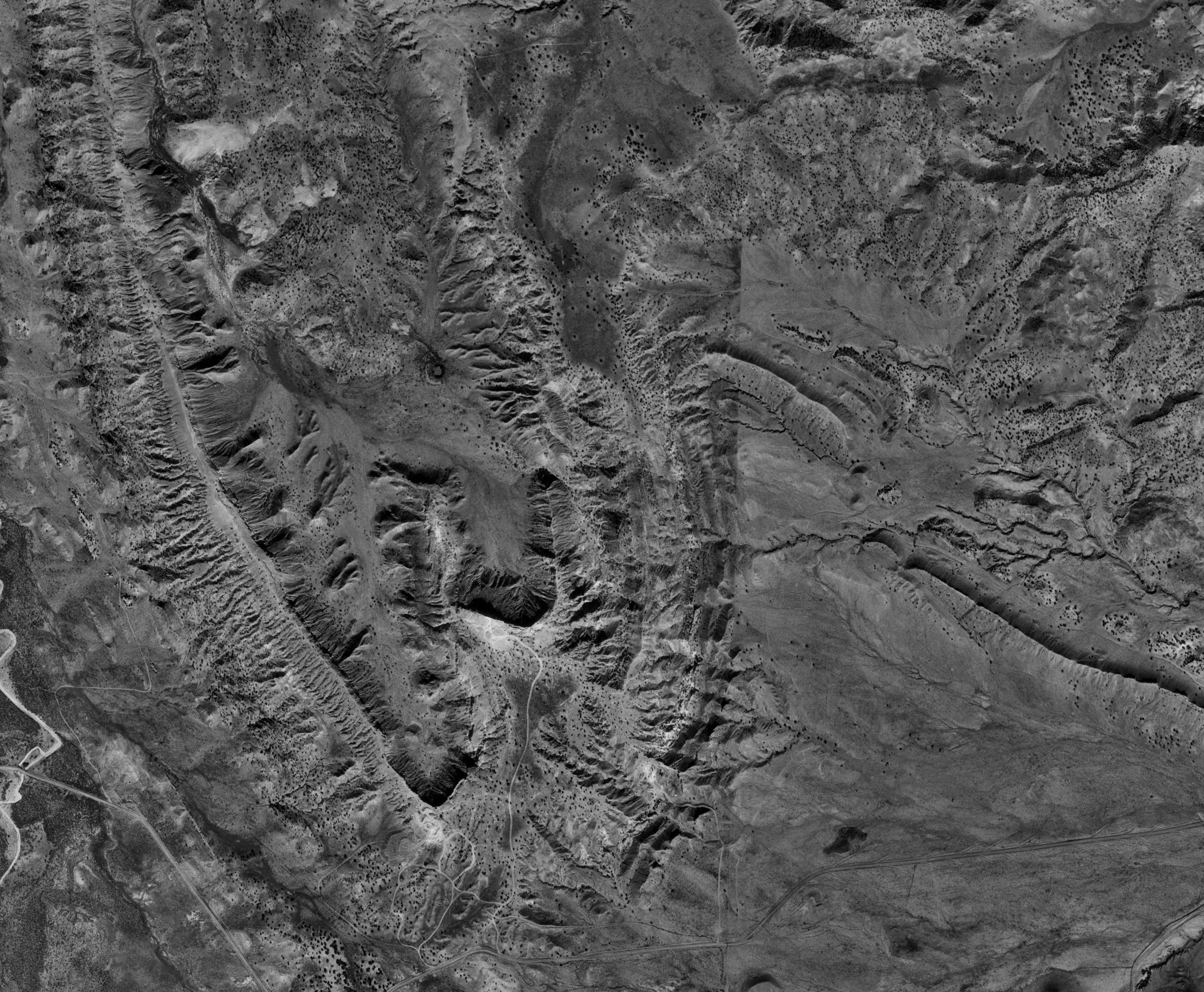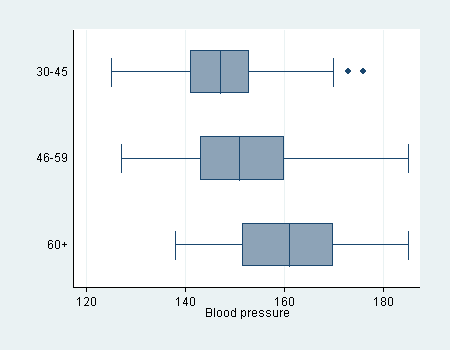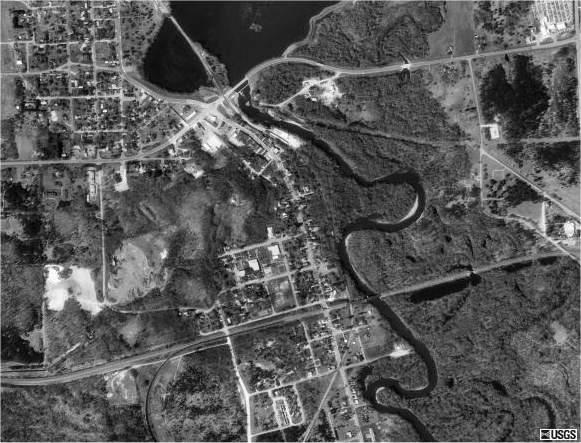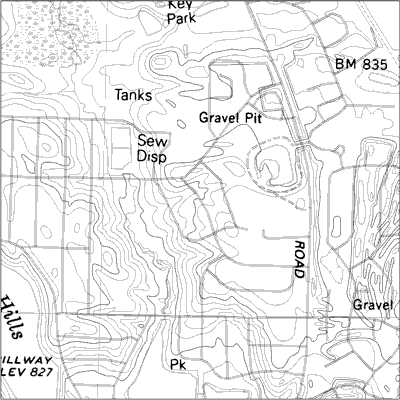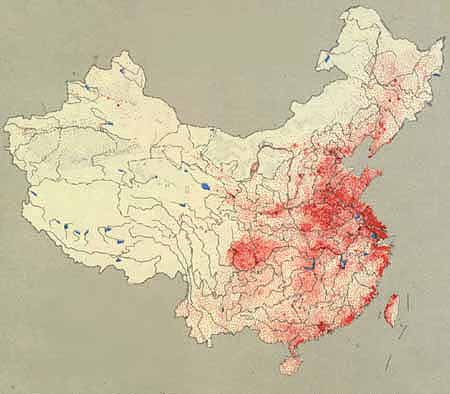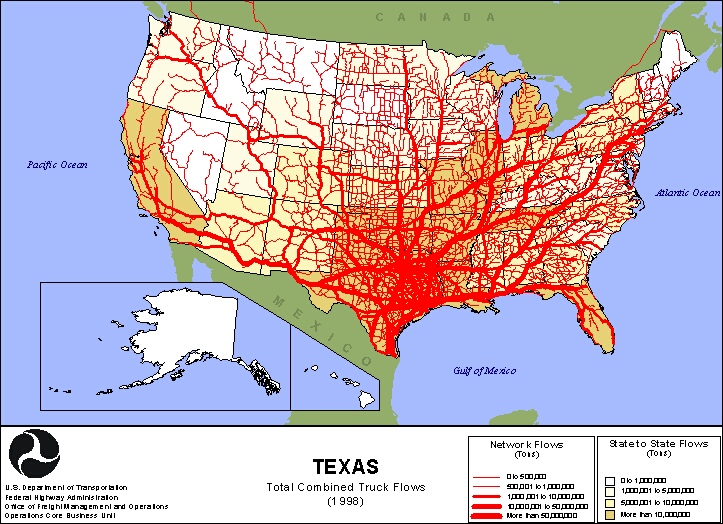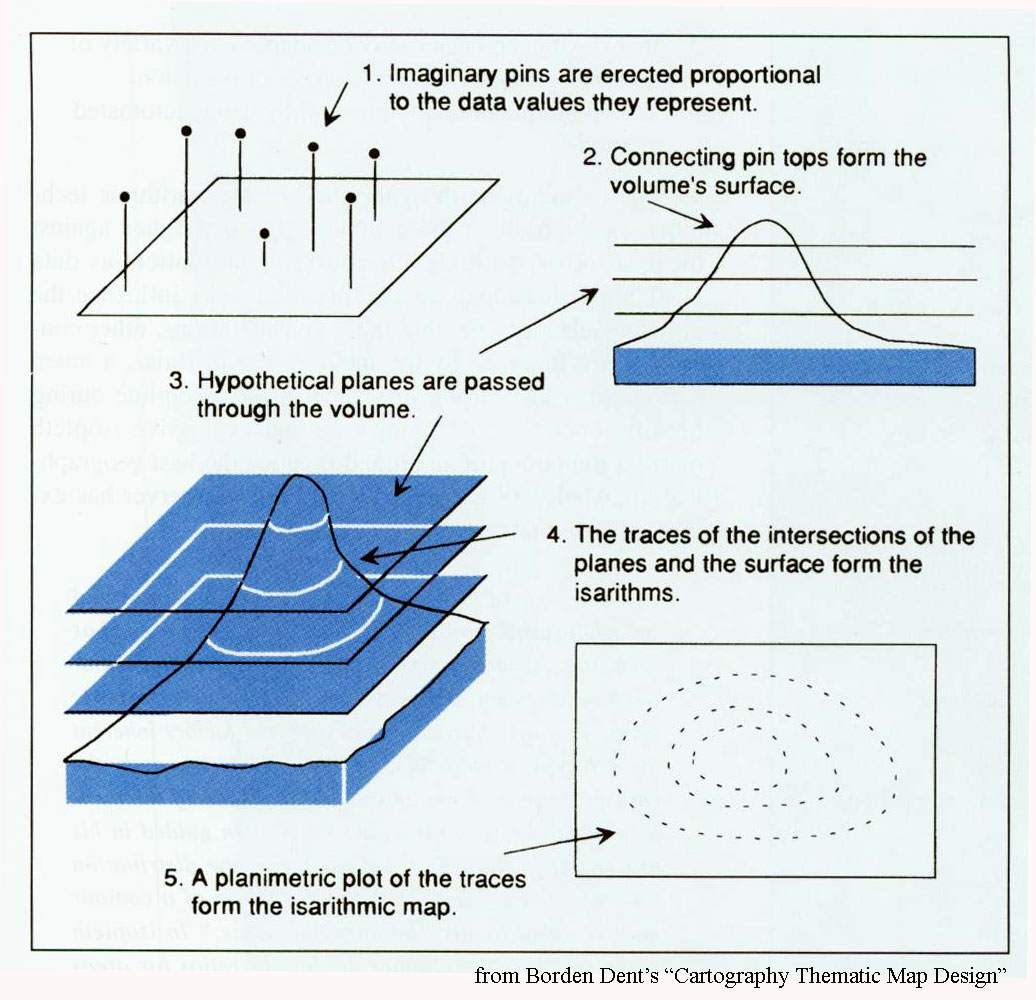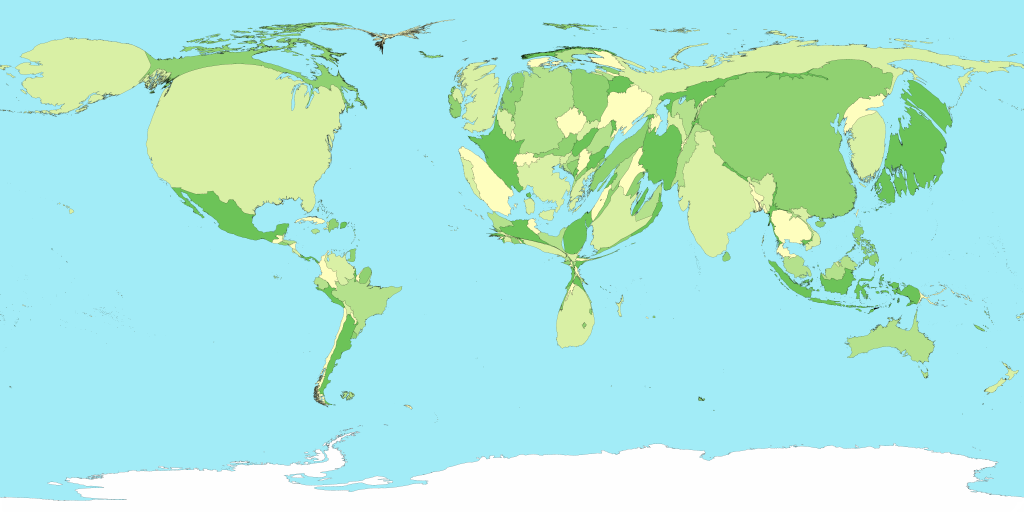
The Library of Congress has an extensive collection of historical maps. One type of map is referred to as a Portolan Chart. These maps were used almost exclusively by mariners. They were the most detailed maps of the coast for their time period. Mariners were more interested in the coast line and potential harbors than any information that would be inland. That fact is represented by the lack of any detail and addition of artwork within areas that represent land. Notice the crisscrossing lines that dominate the background of this map. Mariners needed maps with lines that indicated compass directions to make sailing more accurate.

